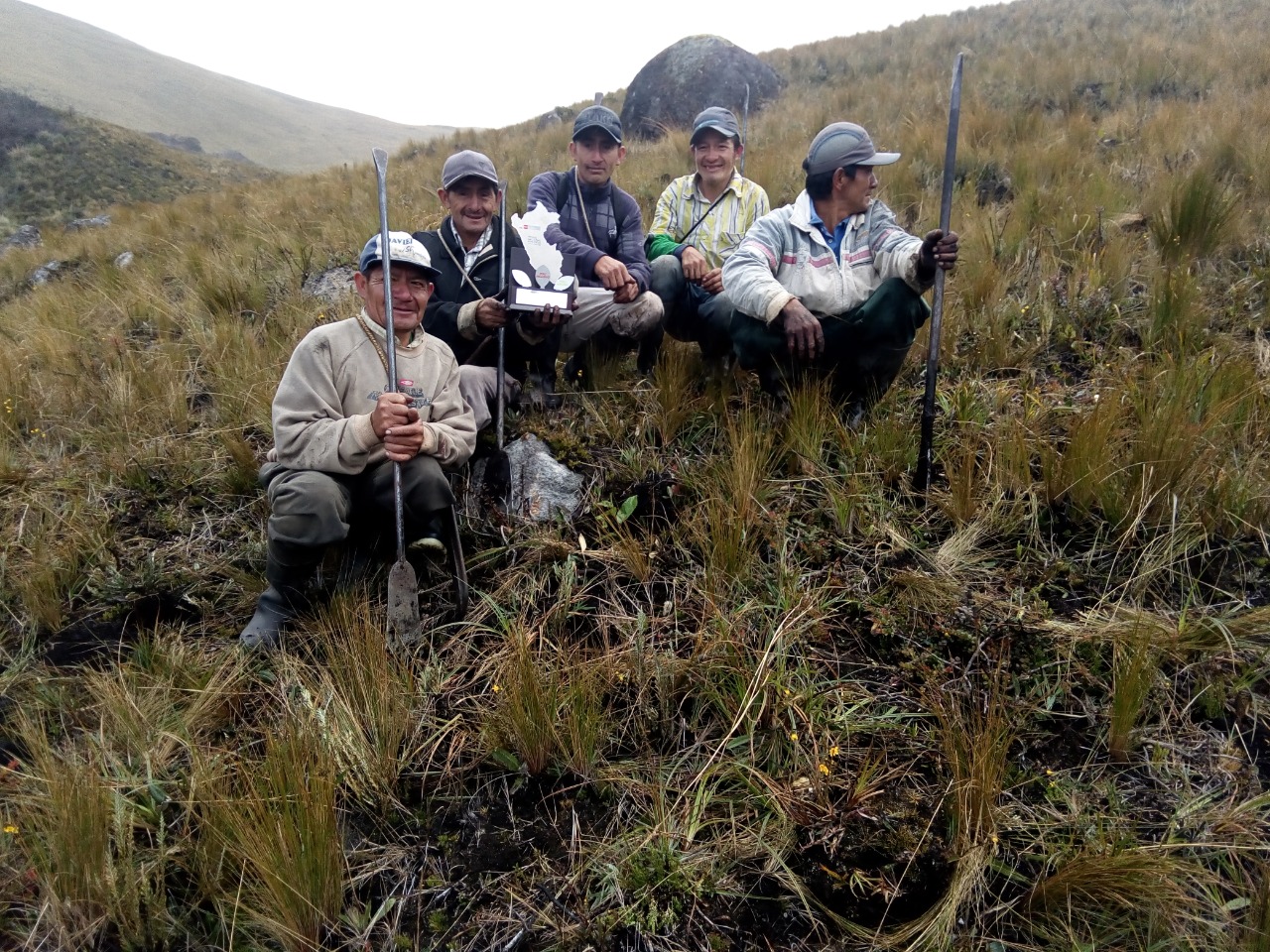Public policies for the biocultural protection of the jaguar
National Jaguar Conservation Alliance
Angel Daen Morales Garcia
The creation of public policies that protect the jaguar from biocultural and ethical dimensions is of great importance, since adequate conservation is integral.
Currently, we have requested federal authorities to consider the jaguar as intangible cultural heritage and in some Mexican states - Oaxaca - the jaguar has been considered as intangible cultural heritage.
Likewise, we have managed to escalate an IUCN motion that gives a guideline to a continental conservation of the jaguar that includes biocultural and ethical schemes.
It is essential that all governments in the Americas that have jaguars in their distribution protect this species from a biological, socio-cultural and ethical point of view.
This jaguar-human relationship is so important that it should be protected worldwide by UNESCO and declared intangible cultural heritage of humanity.
Strengthening and social cohesion.
Dissemination of the jaguar's biocultural wealth.
Integral approach to nature conservation.
Visibility of indigenous peoples and communities.
Participation of indigenous peoples and communities in conservation.
In our activities we have had the support of the National Alliance for Jaguar Conservation to influence public policies in favor of the jaguar, its habitat and its biocultural relationship.
The participation of diverse social actors, as well as civil organizations and NGOs, is important.
Unfortunately, in Mexico, the incidence of civil society in public policies is very complicated due to the lack of channels of civility and good governance. However, social participation can have a positive impact on these activities.
